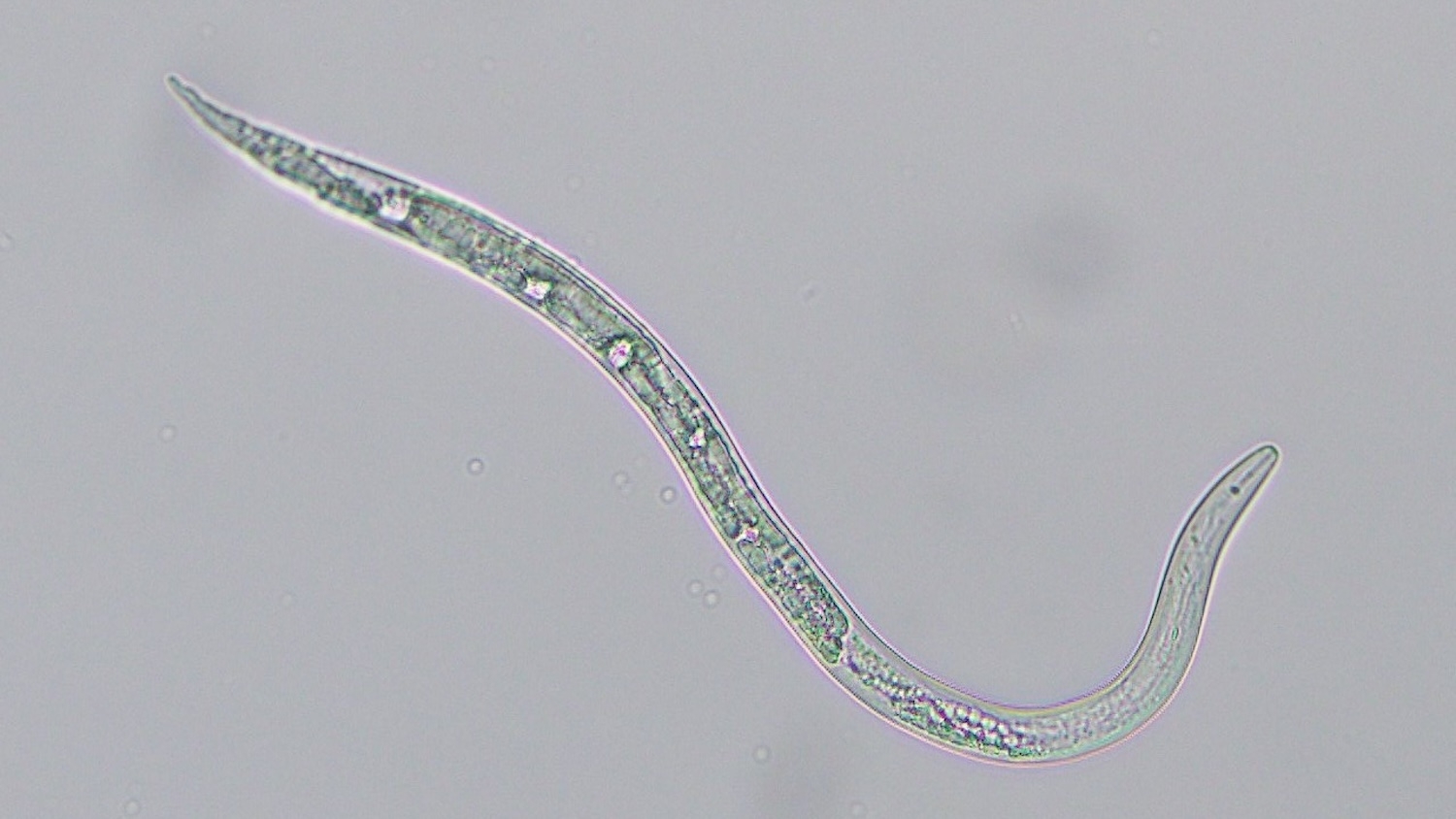Cancer immunotherapy uses melanin against melanoma

Work in biomedical engineering has led to a melanin-enhanced cancer immunotherapy technique, applied via a transdermal patch, that can also serve as a vaccine, based on early experiments done in a mouse model.
“Melanin is a natural pigment that can efficiently transform absorbed sunlight energy into heat,” said Dr. Zhen Gu, corresponding author of a paper on the work and an associate professor in the UNC/NC State Joint Department of Biomedical Engineering. “We demonstrated that melanin, which is found at high levels in melanoma, can actually be used to help treat melanoma. We do this by shining near infrared (IR) light on a therapeutic skin patch, which promotes the systemic immune response that fights cancer.”
The new technique starts with a lysate — a tumor puree, made up of ruptured melanoma cells — that is used to fill an array of microneedles, embedded in a polymeric transdermal patch. By itself, the lysate is inactive and harmless. But when the patch is applied to the skin, the largest immune organ of the body, the immune system knows that, whatever the lysate is, it shouldn’t be there. This triggers an immune response, and that response allows the immune system to “remember” the melanoma lysate, improving its response time and efficiency should it encounter melanoma again.
Because melanoma contains high levels of the pigment melanin, the lysate-filled microneedles are fairly dark in color. They absorb light. The researchers take advantage of that in their new technique, shining near IR light onto the transdermal patch. The light is then largely absorbed by the melanin in the microneedles, which quickly raises the temperature of the skin where the patch is applied.
The local heat causes a fever-like environment in the skin and promotes the release of lysate from the microneedles, effectively attracting and activating immune cells. The increased temperature also contributes to the locally increased blood and lymphatic flow that facilitates the migration of immune cells. This increased immune response amplifies the ability of the body to remember — and respond to — the lysate, better protecting against incursions of melanoma.
Return to contents or download the Spring/Summer 2018 NC State Engineering magazine (PDF, 3MB) along with the insert about Fitts-Woolard Hall (PDF, 479KB).
- Categories:


